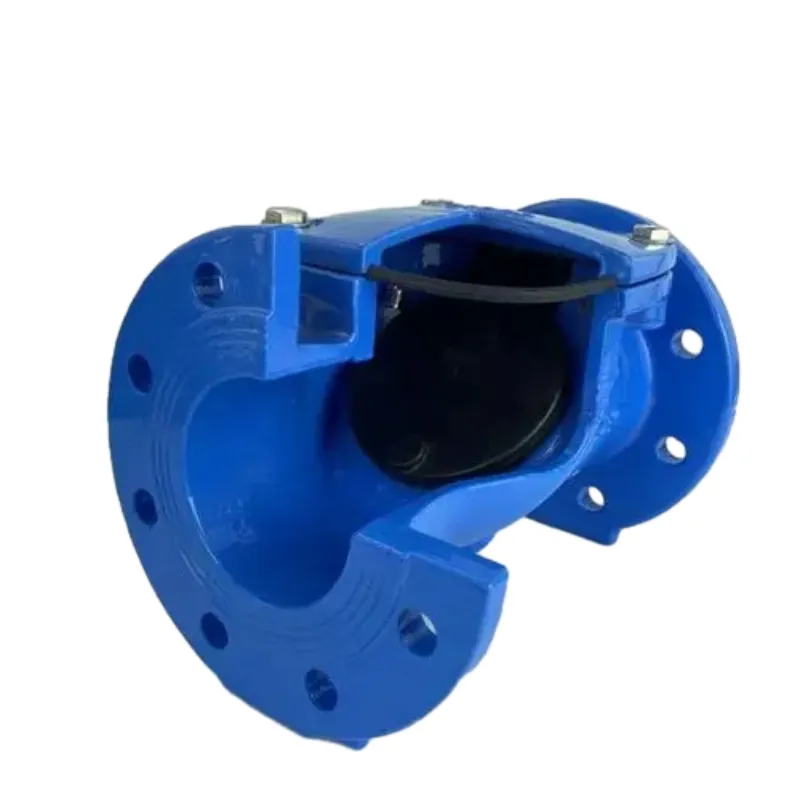Sep . 05, 2024 13:17 Back to list
Thread Plug Gauge Standards - Precision Measurement Tools for Quality Assurance
Understanding Thread Plug Gauge Standards
Thread plug gauges play a crucial role in ensuring the quality and accuracy of threaded components in various manufacturing and engineering applications. These gauges are specifically designed to check the dimensions and tolerances of internal threads in holes and are essential in conforming to various industry standards. This article delves into the significance of thread plug gauge standards, their classification, and their applications.
What is a Thread Plug Gauge?
A thread plug gauge is a specialized tool used to measure the pitch diameter and the effective diameter of internal threads in a workpiece. Unlike other measuring tools, thread plug gauges are precision instruments that provide either a go/no-go indication. This means they determine whether the tested internal thread is within specified tolerances without providing a numerical measurement. This simplifies the inspection process and enhances speed and efficiency in production environments.
Importance of Standards
Standards for thread plug gauges exist to ensure consistency, reliability, and quality across different manufacturers and industries. The main standards include the American National Standards Institute (ANSI), the International Organization for Standardization (ISO), and other region-specific guidelines. These standards define the dimensional tolerances, thread profiles, materials used, and the testing methods for thread plug gauges.
Adhering to these standards offers several benefits
1. Quality Assurance Standardized gauges ensure that the threaded components fit correctly, function as intended, and maintain the integrity of assemblies.
2. Interchangeability Using standardized gauges allows components made by different manufacturers to be compatible, thus facilitating easier repairs and replacements.
3. Traceability Compliance with international standards provides a framework for tracing the quality and origin of the gauges, aiding in quality control processes.
Types of Thread Plug Gauges
thread plug gauge standard

Thread plug gauges are generally classified into two categories
1. Go Gauges This type of gauge is used to check whether the internal thread is correctly formed and falls within the acceptable range of specifications. If the thread can accept the go gauge, it passes the inspection for acceptable dimensions.
2. No-Go Gauges These gauges are used to determine the upper limit of the internal thread dimensions. If the no-go gauge fits, it indicates that the thread has exceeded the maximum allowable limit and is deemed unacceptable.
Applications of Thread Plug Gauges
Thread plug gauges are extensively used in various industries, including automotive, aerospace, and general manufacturing. They serve in applications such as
- Quality Control Employed during the production process to ensure that threaded components meet required specifications before they are used in assemblies.
- Maintenance and Repairs Used in maintenance environments to verify the integrity of existing threaded connections and ensure that replacement parts can fit seamlessly.
- Research and Development Thread plug gauges aid engineers in the design and prototype testing stages, where precision is critical.
Conclusion
Thread plug gauge standards are vital components in maintaining the quality and functionality of threaded components in multiple industries. By adhering to established standards, manufacturers can ensure product reliability, enhance compatibility, and ultimately improve customer satisfaction. Ensuring that thread plug gauges are accurately calibrated and compliant with industry standards is an essential practice that contributes to the overall success of manufacturing processes.
-
Thread Plug Gauge Our Promise of Measurement ExcellenceNewsAug.22,2025
-
Gauge Pin Class Reflecting Quality LegacyNewsAug.22,2025
-
Check Valve Types for High Rise BuildingsNewsAug.22,2025
-
Water Control Valve for Irrigation SystemsNewsAug.22,2025
-
Gate Valve with Soft Seal TechnologyNewsAug.22,2025
-
Y Type Strainer for Oil and Gas ApplicationsNewsAug.22,2025
Related PRODUCTS









